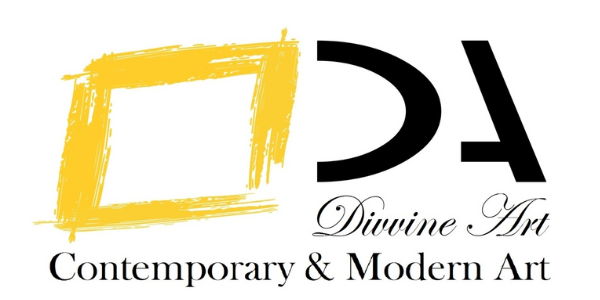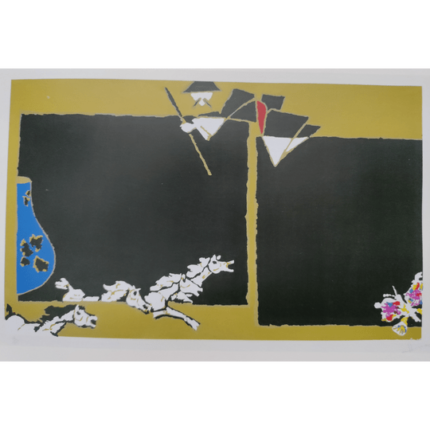Serigraph
Serigraph is not another fancy term in the world of art. It is a medium that is nearly a hundred years old. In simple words, serigraph is just another word for silkscreen printing. Seri is Latin for silk and graphics is the Greek word for writing. In the last century, this word gained a lot of popularity to differentiate the use of this medium from its commercial objective. We all are fairly familiar with silk screening and how it is significant in several printing procedures. From printing on shirts and posters to wood, silk screening is everywhere around us. Then how did serigraph come around? Let us know more about it.
Origin
Serigraphy has a fascinating history as this is a versatile printing technique. In 1938, a group of artists in New York thought of experimenting with the silk screening method. After its successful completion, the group renamed the term silk screening to serigraphy and also formed an association to promote this graphic form. As it gained more popularity, galleries and collectors started to accept this new form in the 1960s. Not only this but world-renowned artists were now in awe of this modern technique. Artists like Tom Wesselmann, Andy Warhol, and Roy Lichtenstein started testing this medium with new colors and textures.
The Process
Creating a serigraph is a long and intensive process. It requires hands-on activity and could take weeks for the final outcome. Before starting the process, the artists of the original picture grants permission to print the painting. They can make certain changes like emphasizing a few colors or changing them.
Artists like to think of serigraph as an original and not a replica of the original image. After this, the process of breaking down the images and separating the colors starts. In color separation, they select one color at a time to develop black ink representation.
Back in the day, separating the paints was a manual process but it can be done using computers these days. Fine meshed silk screens come into as artists force ink through it. A detailed series of steps follow after this and the final step is to print the colors one by one. Some paintings take a few weeks while others take a few months.
Artists verify the paintings and sign each of them which are then put up in galleries. They also number the paintings which indicates that this is the exact number of paintings released by the artist and there will be no more.




